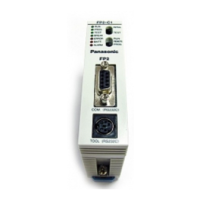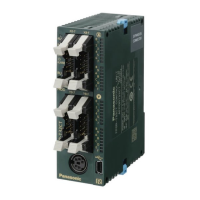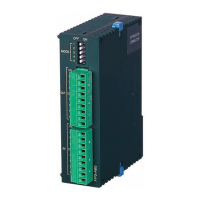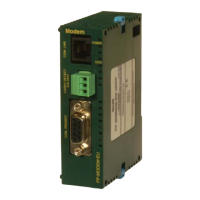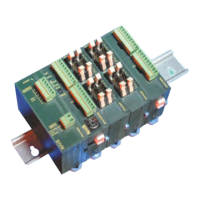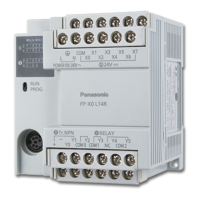11-2
11.1 System Registers / Special Internal Relays / Special
Data Registers
Precaution for System Registers
What is the system register area
• System registers are used to set values (parameters) which determine operation ranges and functions
used. Set values based on the use and specifications of your program.
• There is no need to set system registers for functions which will not be used.
Type of system registers
The registers to be used depend on each PLC.
(1) Allocation of user memory (System registers 0, 1 and 2)
These registers set the size of the program area and file register area, allowing the user memory area to
be configured for the environment used. The size of the memory area will vary depending on the type.
(2) Allocation of timers and counters (System register 5)
The number of timers and counters is set by specifying the starting counter number.
(3) Hold/non-hold type setting (System registers 6 to 18)
When these registers are set to “hold type”, the values in the relays and data memory will be retained
even if the system is switched to PROG. mode or the power is turned off. If set to “non-hold type”, the
values will be cleared to “0”.
(4) Operation mode setting on error (System registers 4, 20 to 28)
Set the operation mode when errors such as battery error, duplicated use of output, I/O verification error
and operation error occur.
(5) Time settings (System registers 29 to 34)
Set time-out error detection time and the constant scan time.
(6) Remote I/O operation settings (System registers 25, 35 and 36)
These registers are used to select whether or not to wait for a slave station connection when the remote
I/O is started, and the remote I/O update timing.
(7) MEWNET-W PLC link settings (System registers 40 to 47, 50 to 55, and 57)
These settings are for using link relays and link registers for MEWNET-W PC(PLC) link communication.
Note) The default value setting is “no PC(PLC) link communication”.
(8) Tool and COM port communication settings (System registers 410 to 418)
Set these registers when the Tool port and COM port are to be used for computer link, general-purpose
serial communication, PC(PLC) link, and modem communication. Note that the default setting is
computer link mode.

